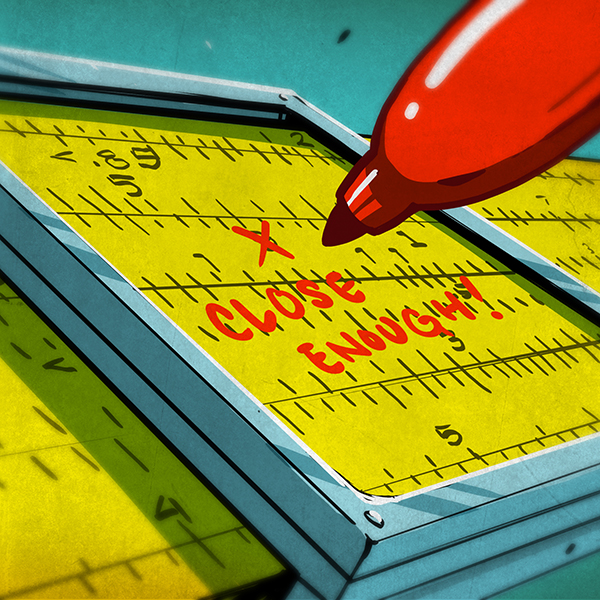The ESP32 series of microprocessors with their cheap high-power cores and built-in wireless networking have brought us a wide variety of impressive projects over the years. We’re not sure we’ve quite seen the like of [Jonathan R]’s video walkie talkie before though, a pair of units which as you might guess, deliver two-way video and audio communications.
The trick involves not one but two ESP32s: an ESP32-S3 based camera module, and a more traditional Tensilica ESP32 in a screen module. It’s an opportunity for an interesting comparison, as one device uses the Cheap Yellow Display board, and the other uses an Elecrow equivalent. The audio uses ESP-NOW, while the video uses WiFi, and since the on-board audio amplifiers aren’t great, there’s a small amp module.
The video below has a comprehensive run-down including the rationale behind the design choices, as well as a demonstration. There’s a small lag, but nothing too unacceptable for what is after all an extremely cheap device. Perhaps after all this time, the video phone has finally arrived!
Continue reading “A Cheap Yellow Display Makes A Video Walkie Talkie”

















